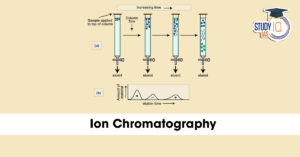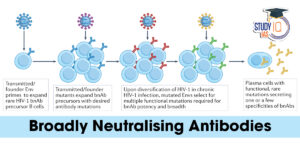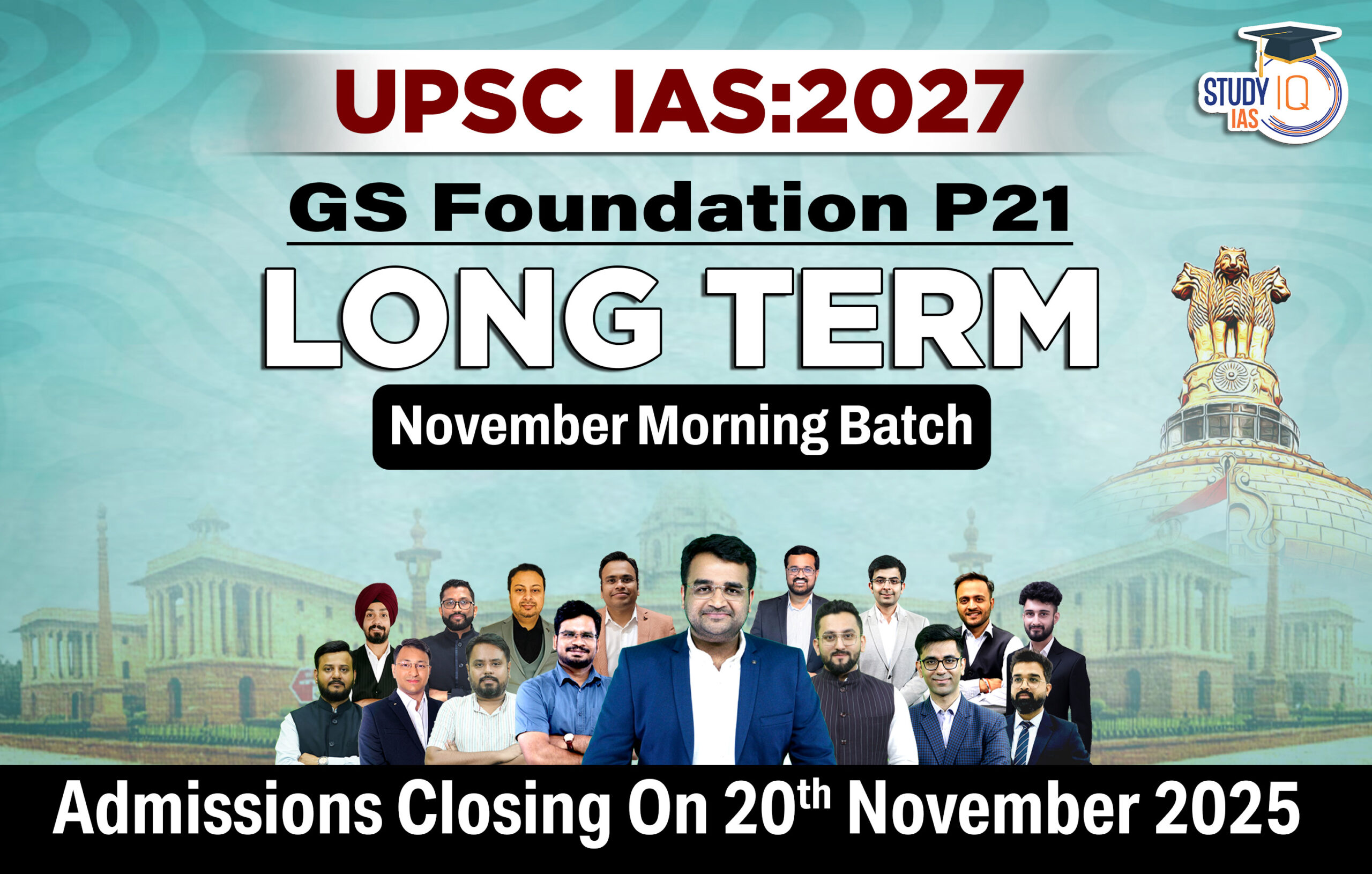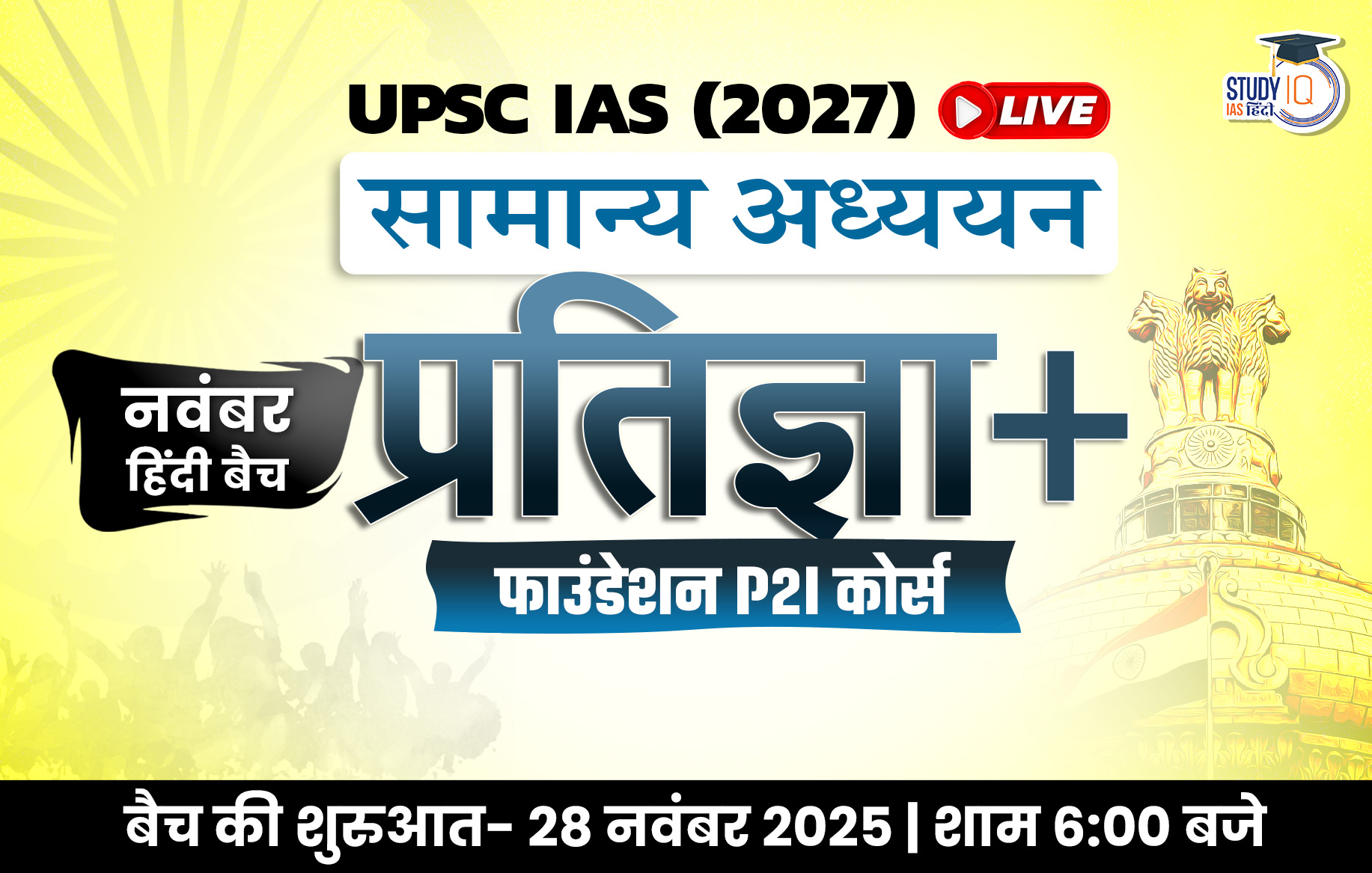Table of Contents
Context: Prophylaxis is highlighted as the gold standard treatment for haemophilia.
What is Haemophilia A?
- A hereditary bleeding disorder in which blood does not clot properly.
- Caused by a deficiency of Factor VIII, an essential clotting protein.
Cause & Clotting Process
- Normal blood clotting involves a coagulation cascade with ~20 clotting factors.
- Missing or malfunctioning factors increase the risk of excessive bleeding.
- In Haemophilia A, the body produces insufficient Factor VIII.
Genetic Transmission
- Usually inherited through an altered gene from parents.
- Males with the altered gene show symptoms.
- Females are often carriers, may have mild or no symptoms, but can still experience bleeding issues.
Symptoms
- Main symptom: prolonged bleeding, often noticed after circumcision in infants.
- Bleeding tendency becomes more visible when the child starts crawling or walking.
- Mild cases may go unnoticed until injury or surgery occurs.
- Internal bleeding can happen anywhere in the body.
- Common signs include:
- Joint bleeding (pain, swelling)
- Blood in urine or stool
- Easy bruising
- Gastrointestinal or urinary tract bleeding
- Nosebleeds
- Prolonged bleeding after cuts, surgery, or dental procedures
- Spontaneous bleeding without injury
Treatment
- Main approach: Factor VIII replacement therapy.
- Involves injecting concentrated Factor VIII into the bloodstream.
- Restores the missing protein to help blood clot normally.
Prophylaxis in Haemophilia
Definition
- Prophylaxis is the regular, preventive infusion of clotting factor concentrates to avoid bleeding episodes before they occur, rather than treating them after they happen (on-demand therapy).
Purpose
- Maintains clotting factor levels above the threshold needed to prevent spontaneous bleeding.
- Aims to protect joints, muscles, and organs from long-term damage.
- Enables patients to lead an active, near-normal lifestyle without constant fear of bleeds.
How It Works?
- Involves scheduled intravenous injections of Factor VIII (for Haemophilia A) or Factor IX (for Haemophilia B).
- Can also use newer non-factor therapies (e.g., subcutaneous injections) that rebalance clotting.
- Typically done 2–3 times per week for Haemophilia A, less often for Haemophilia B due to longer half-life.
Types of Prophylaxis
- Primary prophylaxis: Started before the second joint bleed and before age 3, to prevent joint damage from the beginning.
- Secondary prophylaxis: Started after a few bleeds but before chronic joint damage sets in.
- Tertiary prophylaxis: Started after joint disease is established, to prevent further damage and improve function.
Advantages over On-demand Therapy
- Prevents joint and muscle damage from recurrent bleeds.
- Reduces the number of spontaneous bleeds and hospitalisations.
- Improves mobility, independence, and participation in school, work, and social life.
- Maintains long-term joint health and delays or avoids disability.
- Reduces overall healthcare costs in the long run by avoiding complications.
Global vs. Indian Scenario
- In developed nations, ~90% of haemophilia patients are on prophylaxis, with near-normal life expectancy.
- In India, On-demand therapy is still most common due to low awareness, limited resources, and high costs. Some states have recently introduced prophylaxis for children.
Challenges in Implementation
- High cost of clotting factors or non-factor therapies.
- Need for regular venous access, which can be difficult in children.
- Requires patient and family training for home administration.
- Lack of widespread policy support and diagnostic coverage in low-resource settings.
Long-term Impact
- Significantly improves quality of life by reducing pain, disability, and anxiety.
- Encourages physical activity and normal growth in children.
- Minimises long-term complications like chronic arthropathy (joint disease).
- Moves haemophilia care towards the goal of “zero bleeds.”


 Advanced Air Defence Radars: Types, Comp...
Advanced Air Defence Radars: Types, Comp...
 Ion Chromatography, Working and Applicat...
Ion Chromatography, Working and Applicat...
 Broadly Neutralising Antibodies (bNAbs):...
Broadly Neutralising Antibodies (bNAbs):...

























